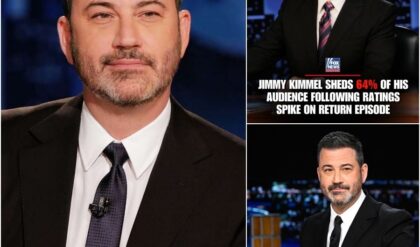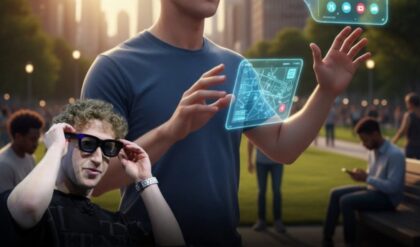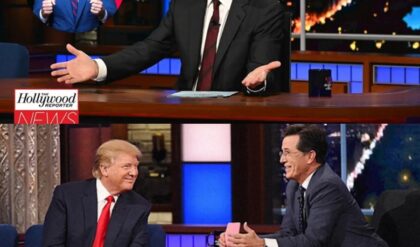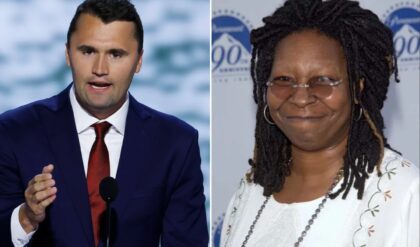Finally gaining access to Kiki’s enclosure, Charles, the veterinarian, found the massive gorilla listless and immobile. Swallowing his apprehension, Charles began his examination. The vet’s suspicions were confirmed: this was no ordinary pregnancy; something else was seriously wrong with Kiki. Her condition deteriorated rapidly, and Charles knew immediate action was critical. Time was of the essence.
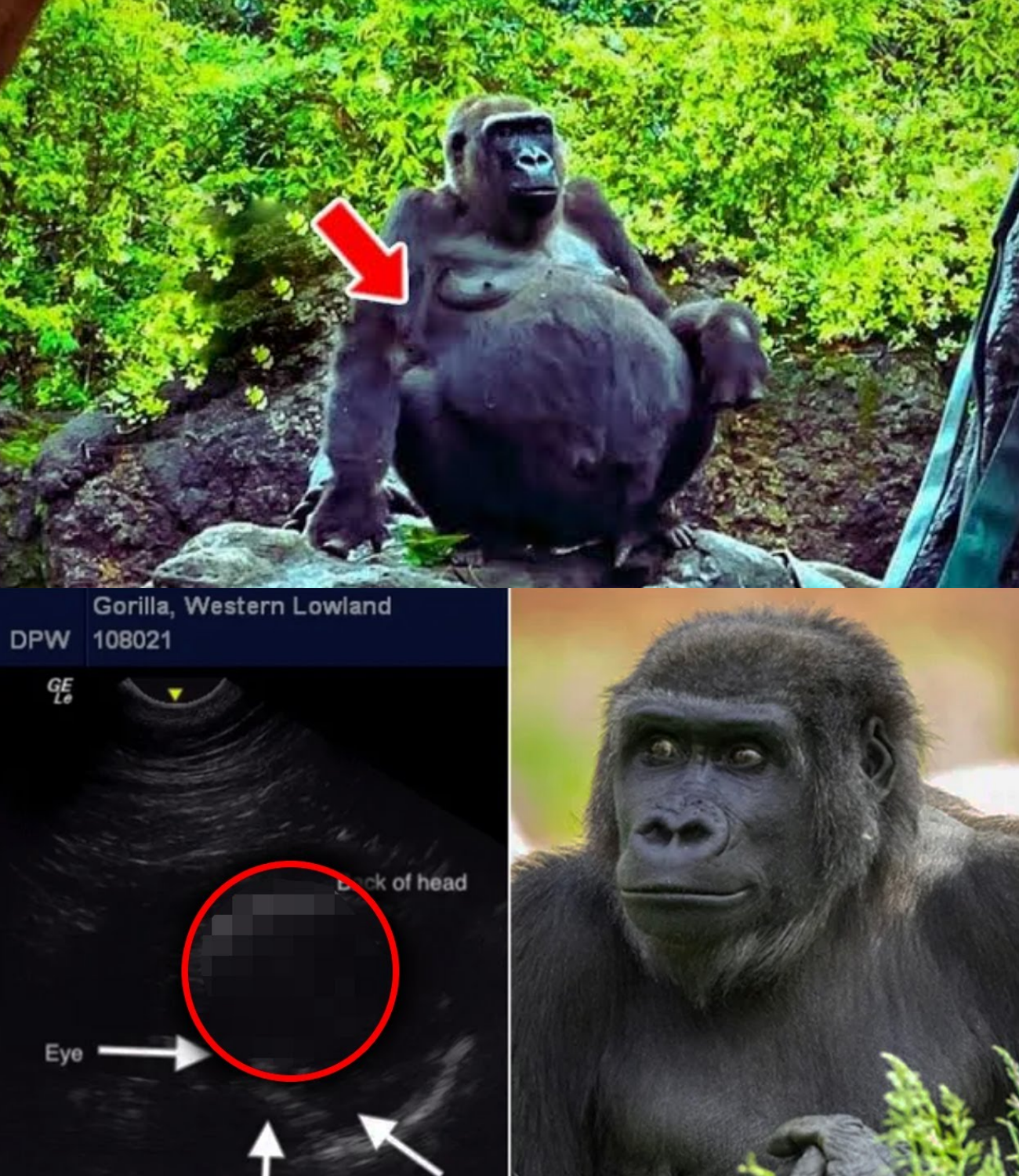
Concern mounted among visitors at the sight of the gorilla’s immense size. Despite growing worries, zoo staff assured everyone it was normal. However, experienced observers disagreed. Overfeeding appeared to be the culprit, yet whispers about the notoriously frugal owners made that explanation unlikely. Clearly, something beyond diet was at play. With a seemingly unconcerned staff, the gorilla’s well-being hung in the balance.
A visit to the zoo with his kids turned into a catalyst for action. The sight that awaited him was appalling. Back at work, he initiated an investigation into the zoo, suspecting neglect or cruelty. The complexity of the probe led him to involve a colleague. Photos from his visit, particularly a heartbreaking image of a despondent gorilla, became his evidence. This photo went viral online, accompanied by a story of the animal’s apparent inability to stand, depression, and refusal to eat.
The image reached a local veterinarian who was deeply disturbed by the gorilla’s condition. Charles, the veterinarian, dialed the zoo, hoping to get a quick update on the ailing gorilla. A jolt of surprise shot through him when a police officer picked up the phone. This unexpected detail hinted at a deeper crisis at the zoo than anticipated.
As Charles pressed for more information, he learned about the zoo’s closure, a decision that undeniably frustrated the owner. However, amidst the chaos, Charles recognized an opportunity. Rushing to the zoo, he met with the lead veterinarian overseeing the animal response. Disheartening news awaited him: the gorilla, the very creature Charles was most concerned about, hadn’t even been examined yet. Worse, it wasn’t considered a high priority due to its critical condition.

This grim assessment fueled Charles’ determination to intervene. He wouldn’t let this animal become another victim of the situation. Charles, the veterinarian, dialed the zoo, hoping for a sliver of good news about the ailing gorilla. A jolt of surprise shot through him when a police officer, not a zookeeper, answered the phone. This unexpected detail was a stark reminder of the zoo’s descent into chaos.
As Charles pressed for information, he learned about the closure, a decision no doubt fueled by the owner’s frustration but a necessary one nonetheless. However, amidst the zoo’s failings, Charles saw a chance to make a difference. Rushing to the scene, he met with the lead veterinarian overseeing the animal response. Disheartening news awaited him: the gorilla, the very creature Charles was most concerned about, hadn’t even been examined yet. Worse, it wasn’t considered a high priority due to its critical condition.
This grim assessment ignited a fire within Charles. He wouldn’t stand by and let this animal become another casualty of neglect. In that moment, Charles became the gorilla’s advocate, determined to fight for its well-being. While others had surrendered to the gorilla’s seemingly inevitable demise, Charles refused to give up.
He approached the enclosure cautiously, mindful of the massive creature within. Thankfully, the gorilla remained oblivious to his presence. The animal’s bloating was far worse than he’d anticipated, a grotesque testament to months of neglect. Further examination was necessary. A chilling realization dawned on him: the surrounding area was unnervingly clean. An animal unable to move for an extended period wouldn’t have such a spotless environment.

The truth solidified: a digestive blockage, most likely a fecal impaction, was the culprit. Surgery was the only course of action. Charles swiftly administered the sedative, his movements sure despite the weight of the situation. As the gorilla’s breathing steadied, he made a precise incision, his mind a map to the blockage. A distended mass of impacted feces clogged the stomach lining, but something else lurked beneath, a source of even greater concern.
He meticulously cleared the blockage, the truth dawning in horror: the culprit, a ball of plastic trays, the transparent lining from food containers carelessly left behind by negligent zoo staff. Every stitch, every drop of rehydration fluid fueled a desperate hope for the gorilla’s recovery. Now, only time would tell.
As he returned the next day, reaching the gorilla’s enclosure, his jaw dropped. Recovery was far more advanced than he’d dared to hope, a testament to the gorilla’s own strength. Relief flooded him with a sigh. “We’re all stunned,” he admitted, expressing his gratitude for Charles’ intervention in rescuing the gorilla.
Not only was the gorilla on the mend, but he’d be personally overseeing its care until its eventual transport to a new, hopefully permanent home.
SEE VIDEO:
